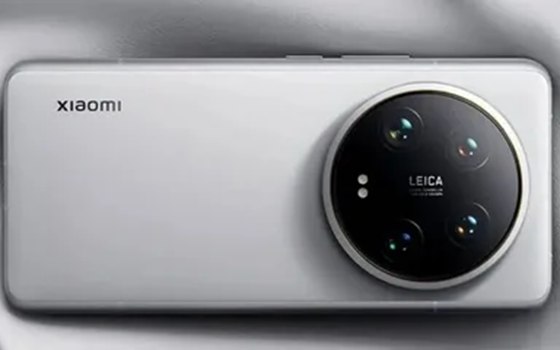The device is arranged as follows. On metal (steel 3) rod 1 with a diameter of 30 mm long 500-600; mm planted pole shoes 2, in size 200x50x20 mm, each, which can be moved along the rod.
In the middle of the rod there is a coil frame 3, on which a copper wire with a cross section of 1.7-4 mm is wound, the number of turns is calculated for current 3-5 A at a voltage of 24-36 V. For magnetization of the verified part, we move the pole shoes so that the connecting rod passes freely between them. The ends of the rod 1 are installed on wooden racks and the connecting rod is passed between them. After laying the connecting rod to the coil clamps, the voltage is supplied from the current source. Magnetization is carried out in several techniques in parts of the rod of the connecting rod, starting from one of the heads. During the magnetization process, the part is withstanded for 10-15 minutes., then the voltage turns off, and the connecting rod moves somewhat.
If the magnetized part is watered with a magnetic suspension containing small metal inclusions, then they will clearly indicate the crack. To preserve the suspension and repeatedly use it before watering, the verified part should be put into the baking sheet. When examined by a pouring connecting rod of a connecting rod, it should be highly illuminated. After examining and fixing all the detected defects, the connecting rod can be blurry, for this it is necessary to first give the same current that was carried out by magnetization, then, gradually introducing the resistance of the rheostat, slowly reduce the current, while changing its direction by switching the ends of the reel.
Powder for a magnetic suspension is made of well -chopped iron bear, mummy, crocus as follows. The sifted source product is thoroughly mixed with kerosene until the test -shaped mass is laid, which is laid in a small steel tiger and tightly covered with an asbestos or steel lid. Tigel is loaded into a muffle furnace (or mountain), which maintains a temperature of 700-800 °.


